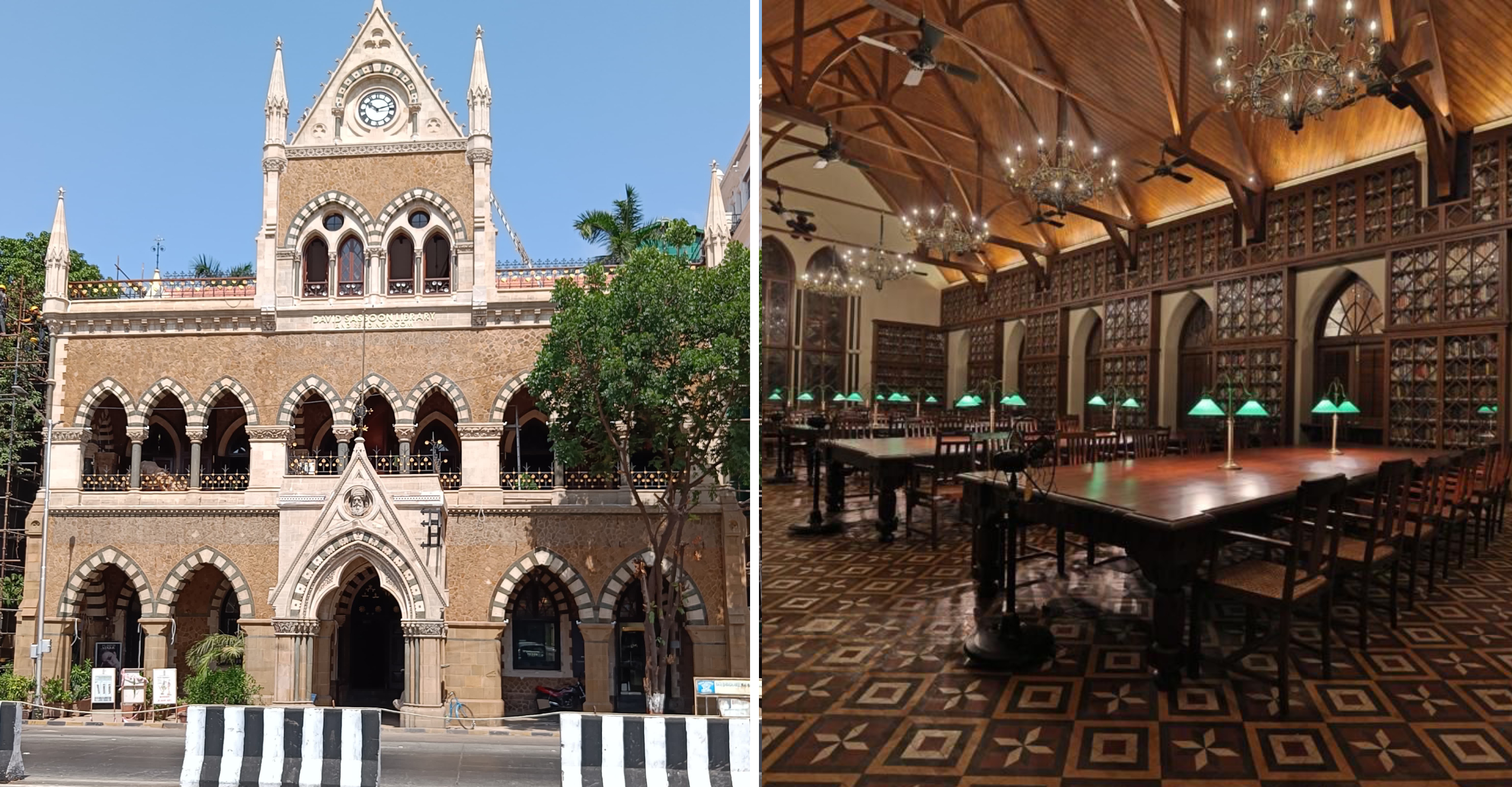
The BookBridge Project is a citywide movement to reconnect Mumbai’s communities with their historic libraries, beginning with the David Sassoon Library. Our mission is to protect Mumbai’s literary heritage by investing both in infrastructure and in programming that reanimates these spaces. On the capital side, we are working with India’s top conservation architects to restore and modernize facilities, improving lighting, air conditioning, and structural integrity so that libraries remain functional and welcoming for future generations. On the operating side, we are revitalizing book collections that have not been updated in years through large-scale book drives, while also introducing vibrant programming such as book launches, author workshops, and community events. These efforts invite citizens from all walks of life, including those from less privileged backgrounds, to gather and rediscover the library as a living cultural hub.
At a time when communal spaces for reflection and learning are disappearing, the BookBridge Project positions the library once again at the heart of Mumbai. Led by Ayraah Lodha, a 17-year-old student at the American School of Bombay, the initiative calls upon donors, students, and culture lovers to safeguard Mumbai’s literary soul, one restored room, one renewed collection, one shared story at a time.
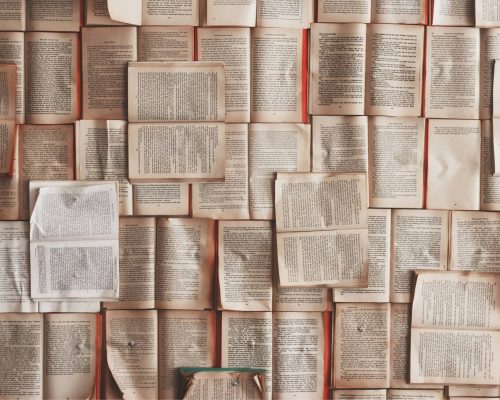
The BookBridge Project is a citywide movement to reconnect Mumbai’s communities with their historic libraries, beginning with the David Sassoon Library. Our mission is to protect Mumbai’s literary heritage by investing both in infrastructure and in programming that reanimates these spaces. On the capital side, we are working with India’s top conservation architects to restore and modernize facilities, improving lighting, air conditioning, and structural integrity so that libraries remain functional and welcoming for future generations. On the operating side, we are revitalizing book collections that have not been updated in years through large-scale book drives, while also introducing vibrant programming such as book launches, author workshops, and community events. These efforts invite citizens from all walks of life, including those from less privileged backgrounds, to gather and rediscover the library as a living cultural hub.
At a time when communal spaces for reflection and learning are disappearing, the BookBridge Project positions the library once again at the heart of Mumbai. Led by Ayraah Lodha, a 17-year-old student at the American School of Bombay, the initiative calls upon donors, students, and culture lovers to safeguard Mumbai’s literary soul, one restored room, one renewed collection, one shared story at a time.
The Book Bridge Project is a citywide movement to reconnect Mumbai’s communities with their historic libraries, beginning with the iconic Asiatic Library.
Our mission is to bridge the past and present by restoring manuscripts, reopening reading rooms, and renewing access to knowledge. At a time when quiet, communal spaces for reflection are disappearing, this project invites all Mumbaikars to rediscover the library as a shared resource at the heart of the city.
Led by Ayraah Lodha, a 17-year-old student at the American School of Bombay, the initiative invites citizens, donors, students, and culture lovers to protect Mumbai’s literary soul – one book, one room, one memory at a time

Every contribution you make directly fuels a part of the restoration effort. Here’s how your support can help us:
| Tier | Contribution Range (₹) | Description |
|---|---|---|
| Book Donor | ₹200 - ₹500 | Helps expand and refresh the library’s collection through ongoing book drives |
| Book Friend | ₹1,000 - ₹3,000 | General support for the library |
| Knowledge Patron | ₹5,000 - ₹10,000 | General support for the library |
| Manuscript Guardian | ₹25,000 - ₹50,000 | Restoration of an individual rare book |
| Heritage Steward | ₹1,00,000 - ₹5,00,000 | Full restoration and digitization of a rare manuscript or themed book set |
| Legacy Conservator | ₹10,00,000+ | Endowment for conservation of a full collection or category (e.g., Ancient Math Texts) |
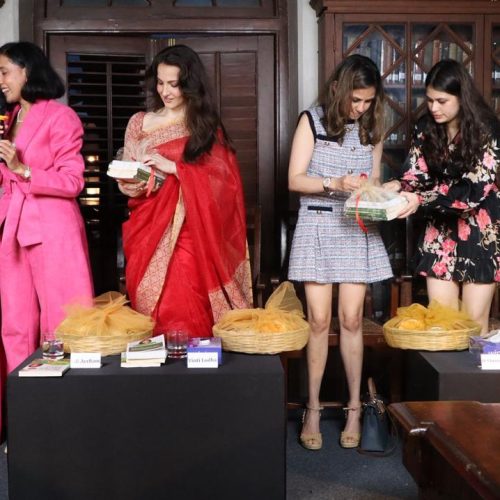
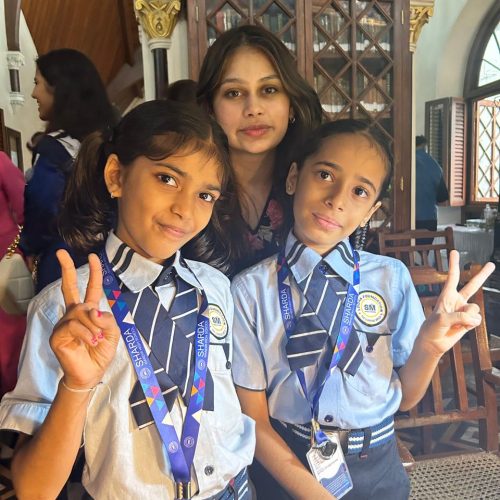
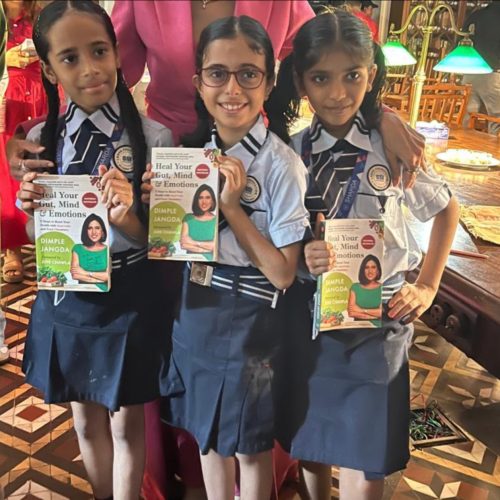

Copyright 2025 – The Book Bridge Project